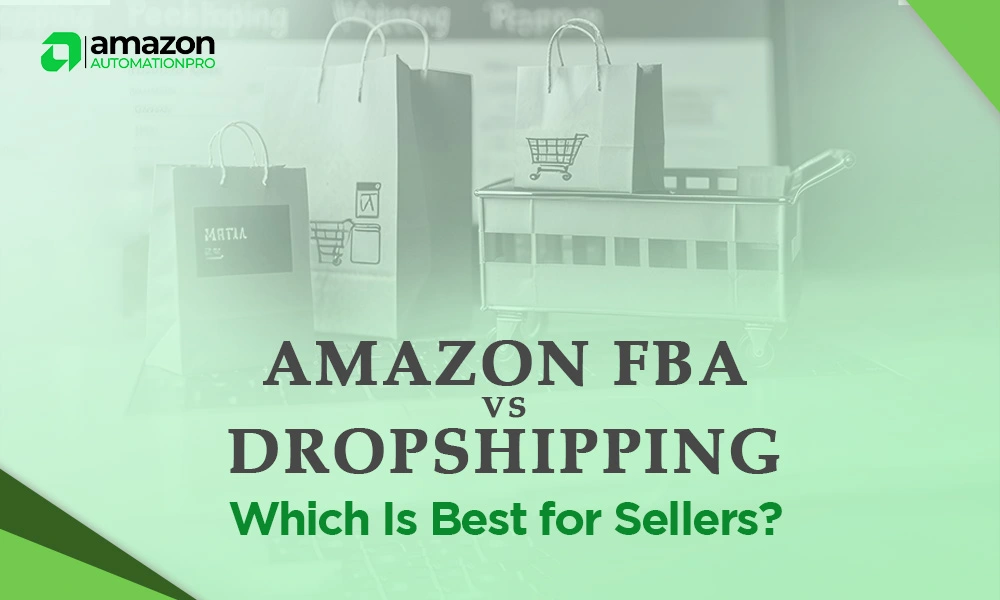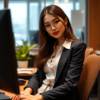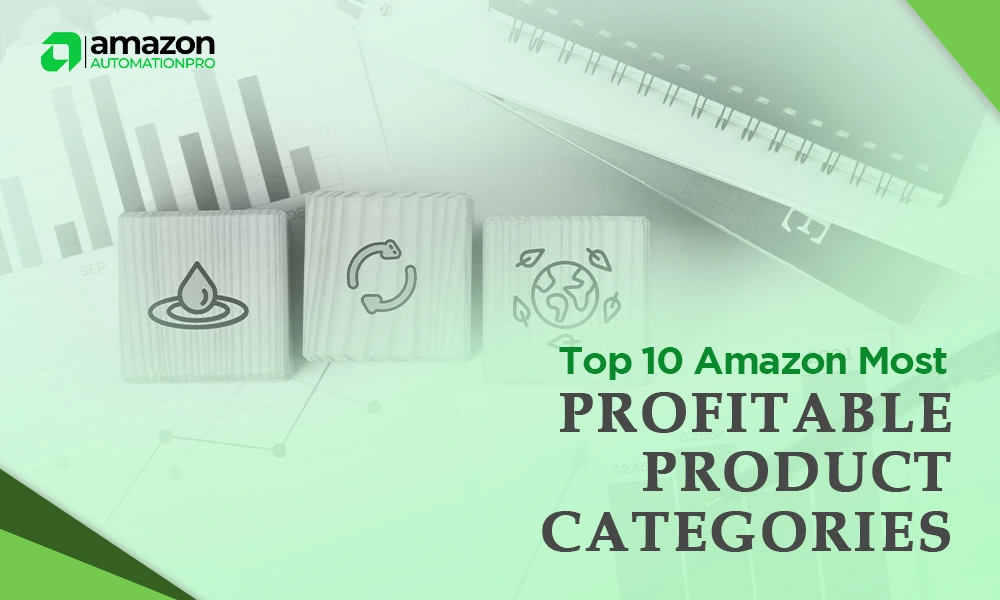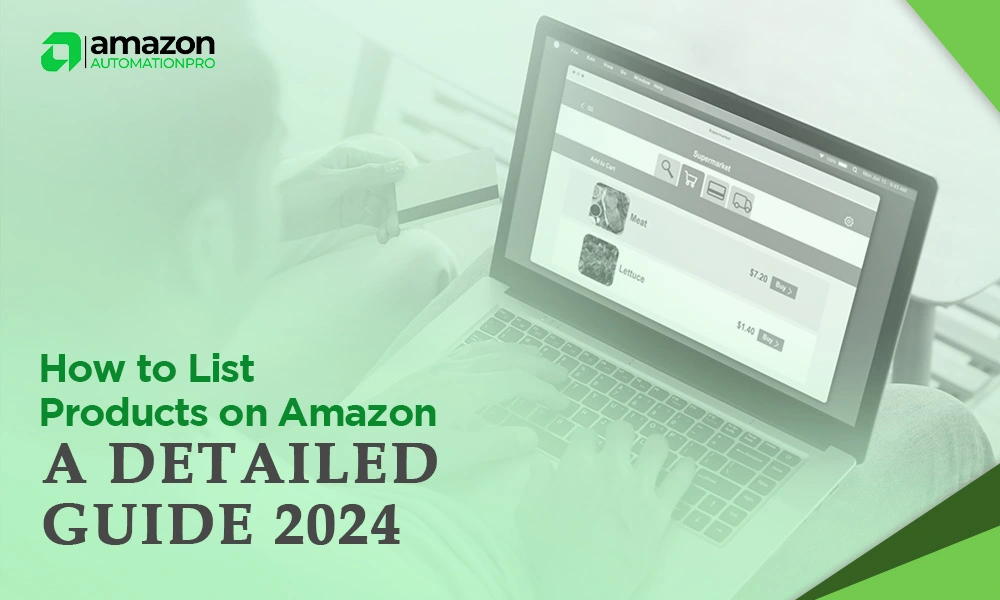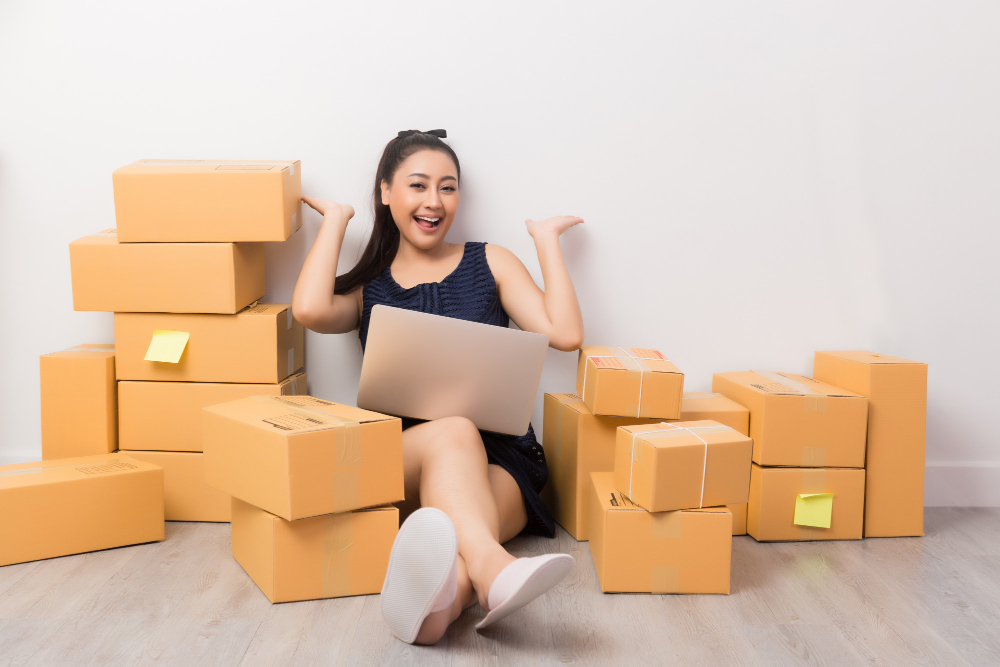Eager to kickstart your e-commerce business? Definitely, you’ll be thrilled once you’ve got a great product idea. But before you launch an online store, you have to make a choice between—Amazon FBA vs dropshipping. These two are popular business models for eCommerce sellers. But are work differently. Now the question arises: Which one will work best for you?
To pick the right fulfillment method is a must. Else, you’ll find yourself in hot water. The fear of unsold inventory or customer complaints will keep you awake all night. Want to end this nightmare and get started for real? Then it’s high time to understand the difference between Amazon FBA and dropshipping to grow your business quickly. Build a lasting brand and explore the pros and cons of each model to help you make better choices.
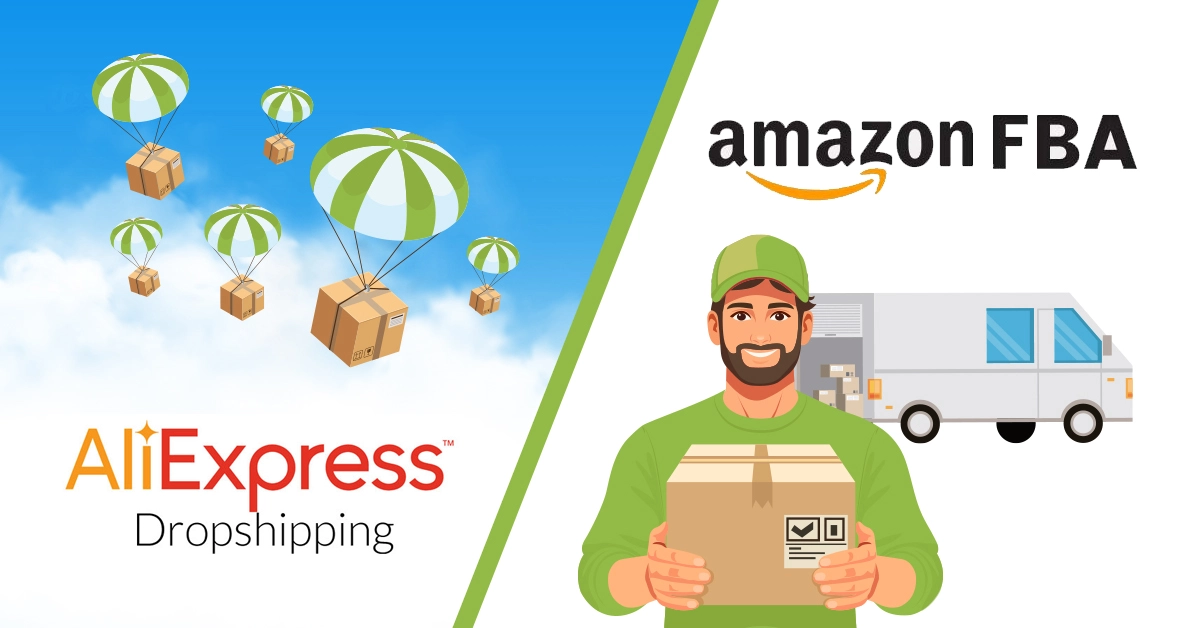
What is Amazon FBA?
Before you kickstart your business it is important to know What is Amazon FBA? Amazon FBA, or Fulfillment by Amazon, is a service that allows you to send your products to Amazon’s warehouse. Amazon will manage packing, shipping, and even customer service for you.
Doing business on Amazon means you can have a better reach to millions of potential customers worldwide. This will give you instant access to Amazon’s fast and reliable shipping.
As a starter, you’ll love the idea of getting your products delivered on time, right? This is what makes Amazon FBA for beginners an ideal choice for starters. With less logistic hassle, you can be among Amazon’s trusted sellers. How cool is that?
But mind you, this model has its downside, too. As a beginner, you have to purchase inventory upfront and ship it to Amazon. This requires a huge amount of capital. Additionally, Amazon charges storage, fulfillment, and returns fees. This can cut down your profit margin to a large extent.
What is Dropshipping?
Now, what is dropshipping? Dropshipping is a completely different concept in eCommerce. As a seller you don’t have to hold an inventory, but act as a third party supplier to your customer. When a customer places an order on your website, you forward it to the supplier.
Then, the product is directly shipped to the customer by the supplier. You don’t have to worry about storage or shipping.
But here’s the real deal! In dropshipping, you can not check the product quality or number of items in inventory. If the product your customer orders is out of stock, you have to deal with delays, which impacts your business growth. And there is quite a possibility that you’ll spend plenty of time dealing with customer complaints and managing suppliers.
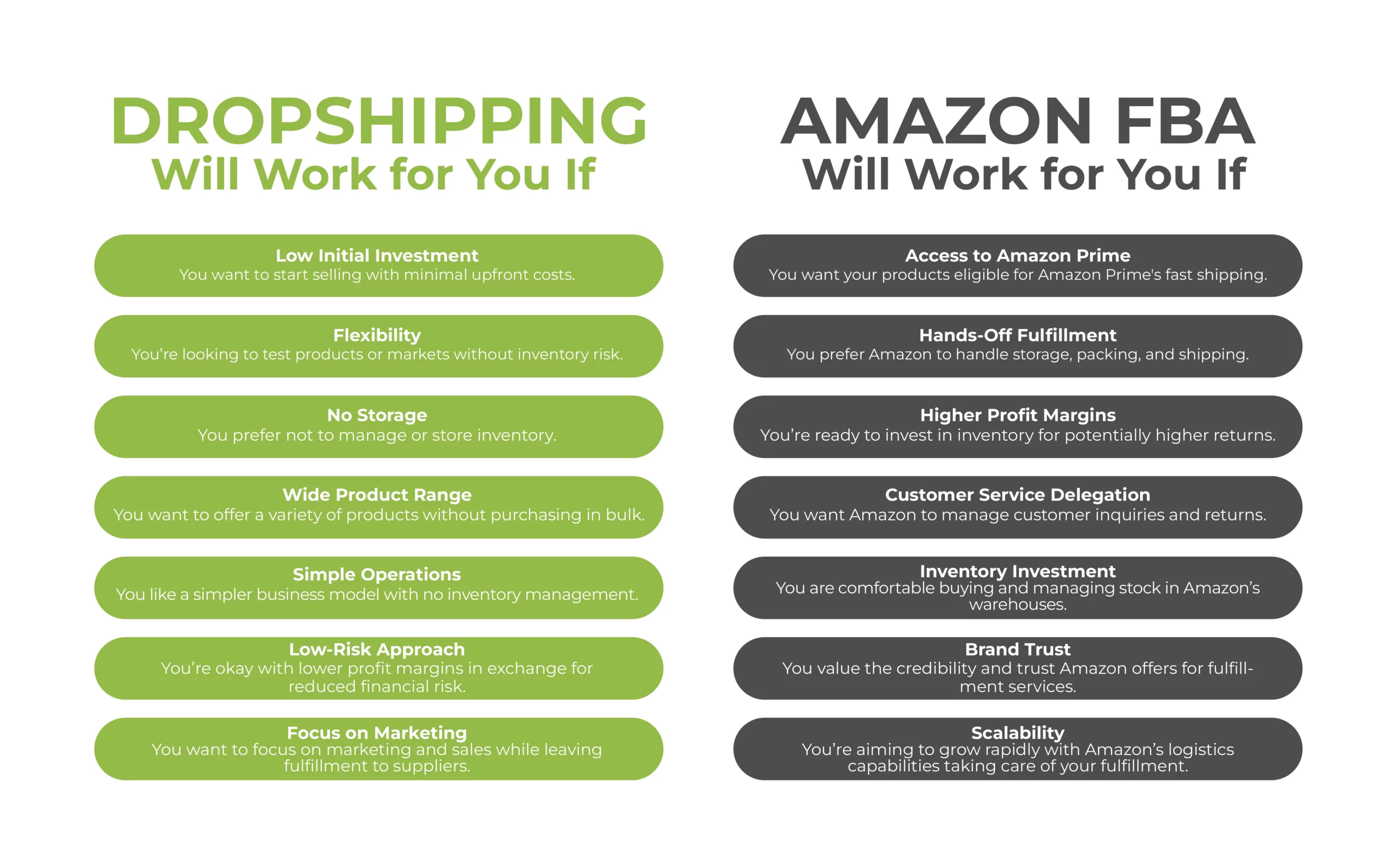
Difference Between Amazon FBA and Dropshipping
So, how do Amazon FBA vs dropshipping compete against each other? Let’s break down the key differences to help you decide which is better for your business.
Inventory Management
The most important difference between Amazon FBA and dropshipping is in Amazon FBA, you buy products in bulk and ship them to Amazon’s warehouses. And Amazon handles the rest. This gives you more control over stock levels and quality. But the downside is you need to manage your inventory carefully. If you over-order, you risk being stuck with unsold products. If you under-order, you risk running out of stock during a busy season, potentially losing customers.
When it comes to the difference between Amazon FBA and dropshipping, you’ll find dropshipping more suitable as you don’t own any inventory.
Instead, your suppliers handle stock and shipping. This means you don’t have to worry about warehousing, but you have no control over the stock availability. If your supplier runs out, you’re in trouble.
Fulfillment and Shipping
With Amazon FBA, fulfillment is Amazon’s responsibility. They handle the picking, packing, and shipping of your products, ensuring customers receive their orders quickly. Plus, FBA products qualify for Amazon Prime, which means fast shipping and happier customers.
Dropshipping with Amazon means your supplier ships your product directly to the customers. This can lead to slower delivery times, especially if your supplier is overseas.
Customer Service
Amazon FBA offers premium customer service options. Amazon handles all returns, exchanges, and customer complaints. This not only saves you time but also ensures that your customers have a seamless shopping experience.
In dropshipping, however, you’re on your own. If a customer complains about the product or shipping, it’s your responsibility to resolve the issue, even if the problem lies with your supplier. This can be especially tricky if your supplier is unresponsive or located in a different time zone.
Costs
The startup costs for Amazon FBA or dropshipping differ significantly. Amazon FBA requires upfront investment in inventory, which can be a big financial commitment for new sellers. You also need to pay for Amazon’s storage and fulfillment fees, which can cut into your profit margins.
Dropshipping, on the other hand, has lower startup costs since you don’t need to buy inventory upfront. However, profit margins are usually slimmer because suppliers take a cut for handling the fulfillment.
Additionally, if your supplier charges high shipping fees or if you need to run paid advertising, your costs can quickly escalate.
Profit Margins
In comparison of Amazon FBA vs dropshipping, Amazon FBA typically offers higher profit margins than dropshipping. You can purchase products in bulk at a lower cost. However, you need to account for Amazon’s fees, which can reduce your overall profits.
In dropshipping, margins are thinner due to competition and reliance on third-party suppliers. You might need to sell more products to make the same profit as you would with FBA.

Pros and Cons of Amazon FBA
Pros:
- Fast and Reliable Shipping: With Amazon FBA, your customers get fast, reliable shipping through Amazon Prime, which improves customer satisfaction.
- Outsourced Fulfillment: Amazon handles all the logistics, saving you time and effort.
- Better Control: You can inspect and manage your inventory before it reaches customers, ensuring higher quality.
Cons:
- Upfront Costs: You need to purchase products in bulk and cover Amazon’s fees.
- Storage Fees: Long-term storage fees can eat into your profits, especially if your inventory doesn’t sell quickly.
Pros and Cons of Dropshipping
Pros:
- Low Startup Costs: when it comes to dropshipping, you don’t need to buy inventory upfront, making it a low-risk option for new sellers.
- No Inventory Management: Your supplier handles storage and shipping, so you don’t have to worry about warehousing.
Cons:
- Lower Profit Margins: Because you rely on suppliers, your margins are usually slimmer.
- Quality Control: You have little control over the quality of the products, which can result in customer dissatisfaction.
Choosing the Right Model: Amazon FBA or Dropshipping?
Now that you know the ins and outs of both models, the big question remains—Amazon FBA or dropshipping, which is best for you?
If you have the capital to invest upfront and want to build a more scalable and sustainable business, Amazon FBA might be the better option. You’ll benefit from faster shipping, access to Amazon’s huge customer base, and more control over your products.
On the other hand, if you’re looking for a low-risk way to start selling online and don’t want to deal with inventory management, dropshipping is a viable option.
However, you’ll need to be prepared for lower profit margins and potential issues with suppliers.
Wrap Up
If you can’t make up your mind for: Amazon FBA or dropshipping, then it’s good to analyze both choices in-depth. While deciding, focus on your business goals and resources. Keep in mind that Amazon FBA gives you more control over your business.
With faster shipping and higher profit potential, but it is easy to generate higher upfront costs. On the contrary, Dropshipping is low in cost and offers less control. You may find yourself concerning over product quality and shipping cost.
With less capital investment, this business model is more appealing. Be it Amazon FBA or dropshipping, you have to understand the pros and cons.
Let’s start the evaluation and consider your options carefully. Start building your dream eCommerce business today!
Brittany Conway is a skilled Amazon seller & E-commerce strategist. Graduated from the University of California as a specialist in advertising, she is a top contributor for Amazon Automation Pro. She adores her family of four and loves sharing her knowledge with passionate entrepreneurs. Brittany desires to visit local vineyards and has dreams larger than life of launching her eco-friendly products through a new venture.

